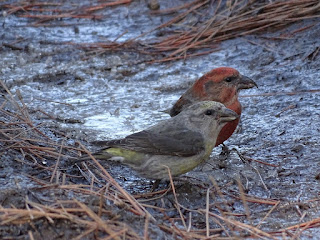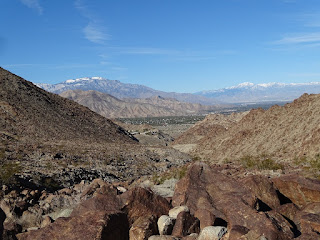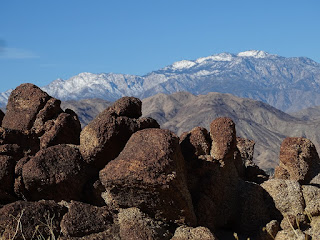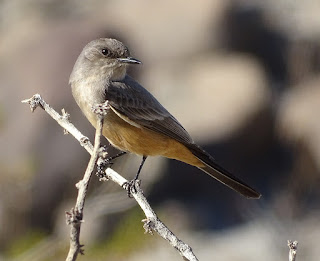Our good fortune started with finding a horseshoe. How many times have you found one in your life? For me? Never! It was a good beginning to the week.
When you get to know your local birds and what habitat they reside in, you can almost guarantee that you will find them in their favorite spots. These beautiful California Scrub-Jays (Aphelocoma californica) are a perfect example. Whenever I travel down to Garner Valley, I know that I will see at least a few of these birds. They usually have an acorn in their beak as they fly to a spot to stash them in the ground.
Then there are the moments when you see a familiar bird like this Red-shouldered Hawk (Buteo lineatus) in a unique location. However, bird chasing occurs when you get a tip to see a rare or unexpected bird. We received a tip that a couple of really neat birds were in Garner Valley so off I went to find them yesterday. No guarantees, of course, since birds are quite mobile.
Imagine looking for a couple of unique birds in this location. It certainly is a beautiful spot to spend the morning no matter the outcome.
Luck was on my side. This lone Lewis's Woodpecker (Melanerpes lewis) caught my eye. These quiet woodpeckers are irruptive visitors which means you never know when one will show up. Like Acorn Woodpeckers (Melanerpes formicivorus), they eat acorns during the fall and winter but they are masters at catching aerial insects from open snags such as this one.
While admiring this woodpecker, six Red Crossbills (Loxia curvirostra) landed in a puddle at my feet. Trust me, that has never happened to me before! Notice the curved crossed bills on these birds. They are able to open closed pine cones with these superb "tools" and extract seeds with their tongues.
Luck was on my side. This lone Lewis's Woodpecker (Melanerpes lewis) caught my eye. These quiet woodpeckers are irruptive visitors which means you never know when one will show up. Like Acorn Woodpeckers (Melanerpes formicivorus), they eat acorns during the fall and winter but they are masters at catching aerial insects from open snags such as this one.
While admiring this woodpecker, six Red Crossbills (Loxia curvirostra) landed in a puddle at my feet. Trust me, that has never happened to me before! Notice the curved crossed bills on these birds. They are able to open closed pine cones with these superb "tools" and extract seeds with their tongues.
As for my horseshoe, I'm keeping it turned up so the luck won't fall out as recommended by my dear cowgirl friend.
Click on photos to enlarge.
Photos and content by Robin Roberts.

























